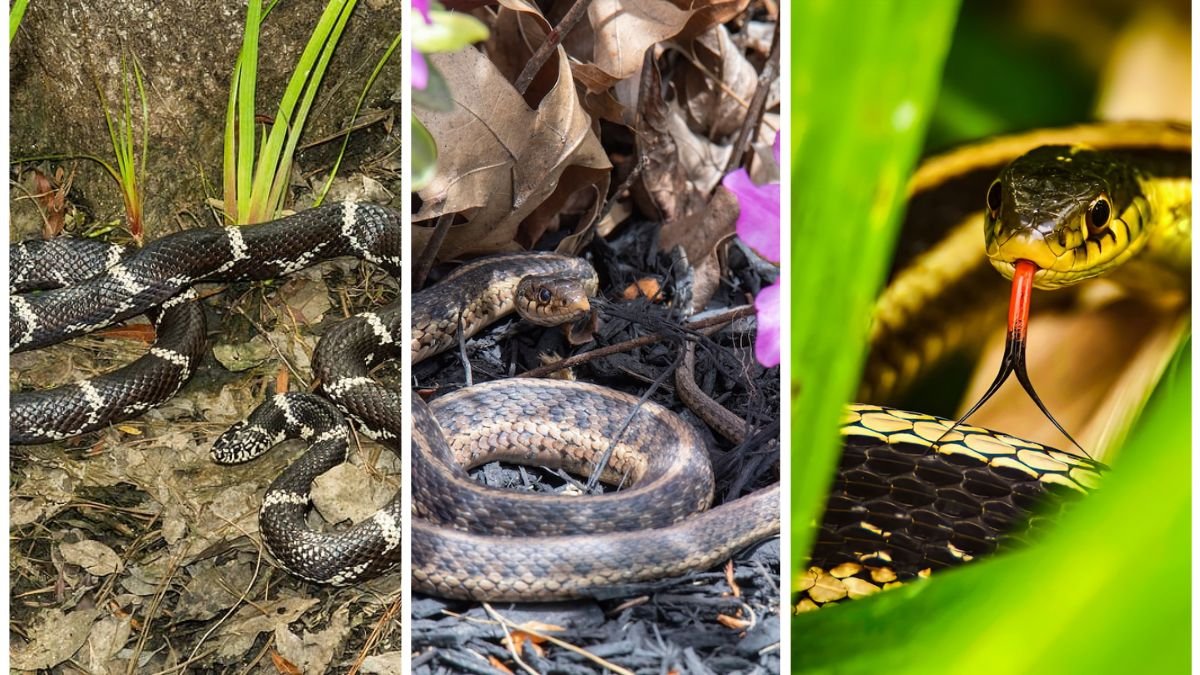Snakes play an important role in ecosystems by controlling rodent and pest populations, yet many gardeners fear them due to potential bites or the perception of danger. While most snakes are harmless, it is understandable to want to keep them out of areas where people and pets frequent. The key is using safe, non-lethal methods that discourage snakes from entering your garden without harming them or the environment.
This article explores the safest ways to keep snakes out of your garden, focusing on habitat modification, natural deterrents, and preventive strategies that protect both your yard and local wildlife.
Understanding Snake Behavior
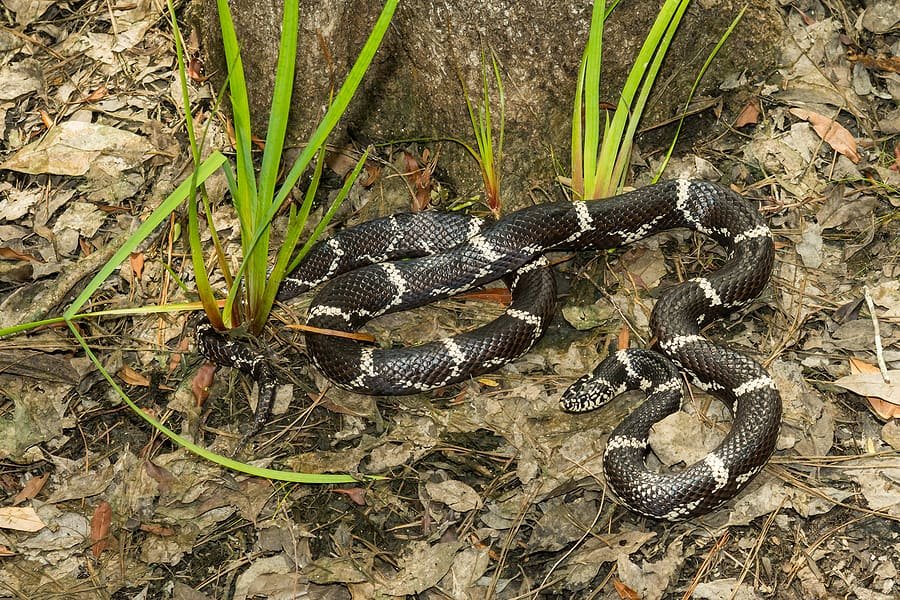
Snakes are generally shy, secretive creatures that avoid humans whenever possible. Their presence in gardens is often related to the availability of food, water, and shelter.
Common Reasons Snakes Enter Gardens
- Food Sources: Rodents, frogs, insects, and other small animals attract snakes.
- Shelter: Piles of debris, wood, tall grass, and dense shrubs provide hiding spots.
- Water Sources: Ponds, birdbaths, and poorly drained areas can draw snakes seeking hydration.
Recognizing why snakes are attracted to your garden is the first step in effective, safe exclusion.
1. Remove Potential Food Sources
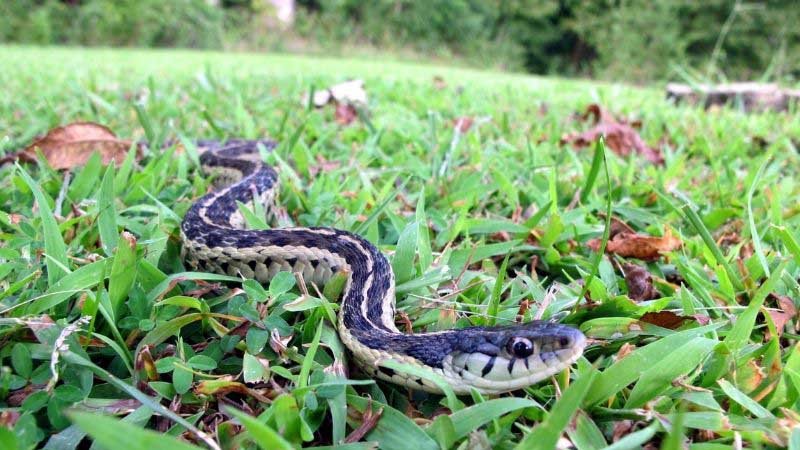
Reducing the availability of prey can make your garden less attractive to snakes.
Strategies
- Rodent Control: Seal gaps under sheds, fences, and garden beds to prevent rodent nesting. Avoid leaving pet food or birdseed exposed.
- Insect and Frog Management: Minimize standing water to reduce frogs and insects that snakes may feed on.
- Garden Cleanliness: Pick up fallen fruits, compost scraps, and vegetable debris to limit small animals’ presence.
By targeting prey species, snakes are naturally discouraged from entering the garden.
2. Eliminate Shelter Opportunities
Snakes seek cover for protection and ambush hunting. Modifying your garden reduces these hiding spots.
Key Measures
- Remove Debris Piles: Avoid piles of rocks, wood, or leaves that create shaded refuges.
- Trim Vegetation: Keep grass short and prune shrubs to reduce cover.
- Secure Structures: Seal gaps under decks, sheds, and fences where snakes may hide.
Regular maintenance prevents snakes from finding safe, concealed areas in your garden.
3. Create Physical Barriers
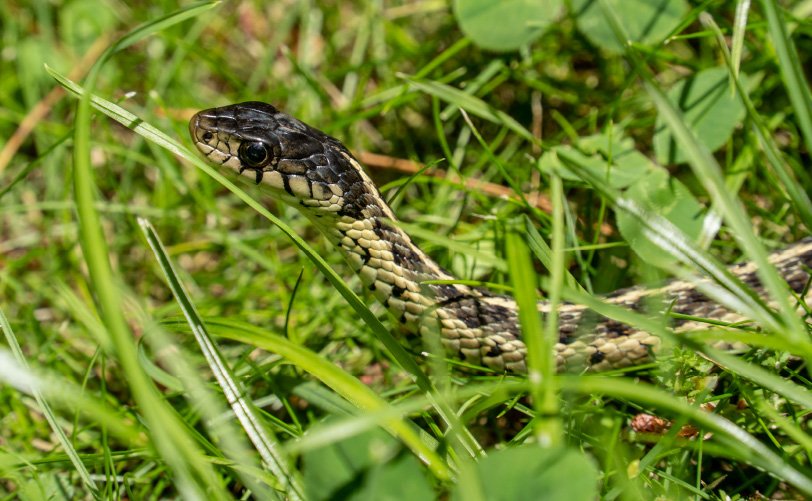
Physical barriers are an effective, non-lethal method to prevent snakes from accessing garden areas.
Barrier Options
- Snake Fencing: Install fine mesh fencing (1/4 inch or smaller) around garden perimeters, buried a few inches underground and angled outward slightly.
- Raised Beds: Using raised garden beds with barriers underneath can protect vegetables and flowers.
- Concrete or Metal Edging: Surrounding critical areas with durable edging materials limits snake entry points.
Tips for Effectiveness
- Ensure fencing is continuous with no gaps.
- Check periodically for breaches caused by weather or animals.
- Combine barriers with habitat modification for maximum protection.
Physical barriers provide reliable protection without harming snakes or other wildlife.
4. Use Safe Natural Deterrents

Several natural scents and substances can discourage snakes without posing risks to humans or pets.
Examples
- Essential Oils: Clove, cinnamon, and cedar oils are mildly repellent. Soak cotton balls and place near garden edges.
- Garlic: Chopped or crushed garlic scattered around borders can deter snakes due to its pungent odor.
- Plants: Certain plants like marigolds, wormwood, and lemongrass are believed to repel snakes naturally.
Application Tips
- Reapply after rain or watering to maintain effectiveness.
- Use deterrents around perimeter areas and potential entry points.
- Combine with fencing and habitat management for best results.
Natural repellents provide an eco-friendly complement to physical exclusion methods.
5. Encourage Natural Predators
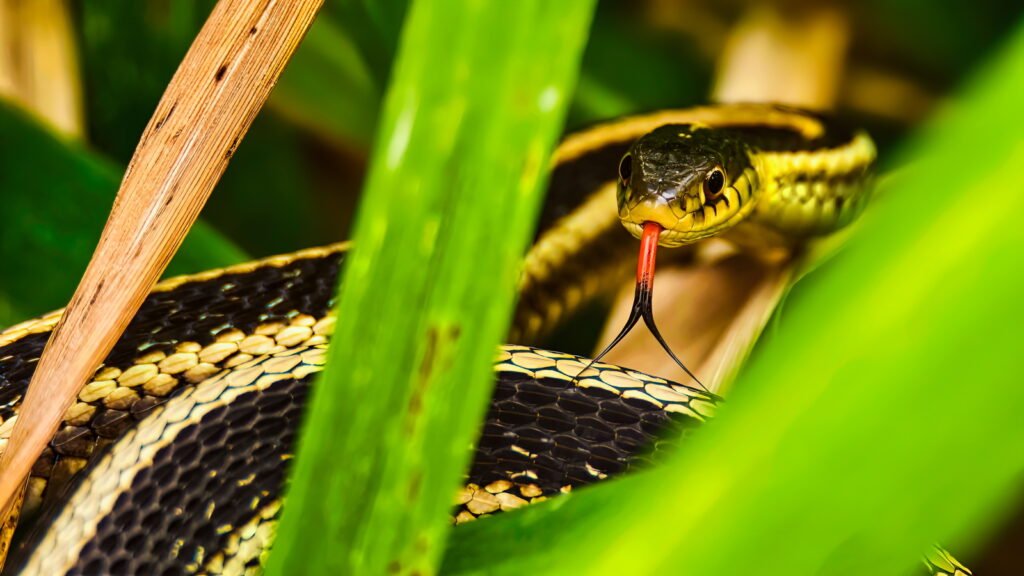
Predators can help keep snakes away, but it is important to use this method responsibly.
Safe Predators
- Birds of Prey: Hawks and owls can reduce rodent populations, indirectly discouraging snakes.
- Domestic Pets: Dogs and some cats may deter snakes if supervised outdoors.
Tips
- Avoid leaving pets unattended near potential snake hiding spots.
- Encourage natural predators without harming other wildlife.
Supporting predators helps maintain a balanced garden ecosystem while discouraging snakes.
6. Maintain Regular Garden Monitoring
Regular observation and maintenance are essential for long-term snake prevention.
Practices
- Inspect Early Morning or Evening: Snakes are more active in cool temperatures and may be spotted near shade.
- Check Hidden Areas: Look under rocks, garden beds, and compost areas.
- Immediate Action: Relocate snakes safely using long tools or contact local wildlife control if needed.
Frequent monitoring allows you to detect potential snake presence early and respond without risk.
7. Educate and Prepare
Understanding snake behavior and local species helps reduce unnecessary fear and encourages safe coexistence.
Safety Tips
- Learn to identify common local snakes to distinguish harmless from venomous species.
- Teach children to avoid reaching into potential snake habitats.
- Keep first aid knowledge and contacts for local wildlife or medical services handy.
Education reduces panic and ensures appropriate, safe responses to snakes.
Combining Strategies for Best Results
The safest way to keep snakes out of your garden is a multi-layered approach:
- Remove food sources by controlling rodents and insects.
- Eliminate shelter opportunities through debris removal and vegetation management.
- Install physical barriers such as mesh fencing and raised beds.
- Use safe natural repellents along garden perimeters.
- Encourage natural predators that maintain a balanced ecosystem.
- Monitor the garden regularly for early signs of snake activity.
- Educate yourself and family about snake safety and identification.
By integrating these methods, gardeners can protect their yards while respecting wildlife.
Conclusion
Snakes, while often feared, play a valuable role in controlling garden pests and maintaining ecological balance. However, it is reasonable to want to minimize their presence in areas frequently used by people and pets. The safest approach involves habitat modification, exclusion techniques, natural repellents, and regular monitoring rather than lethal measures.
By removing food sources, reducing hiding spots, installing barriers, and applying safe deterrents, homeowners can create a snake-unfriendly garden while preserving the environment. Educating oneself about local snake species and encouraging responsible coexistence ensures both safety and ecological harmony.
Ultimately, a well-maintained garden, combined with non-lethal strategies, offers a safe, effective, and environmentally responsible way to keep snakes out, allowing gardeners to enjoy a productive and peaceful outdoor space.
